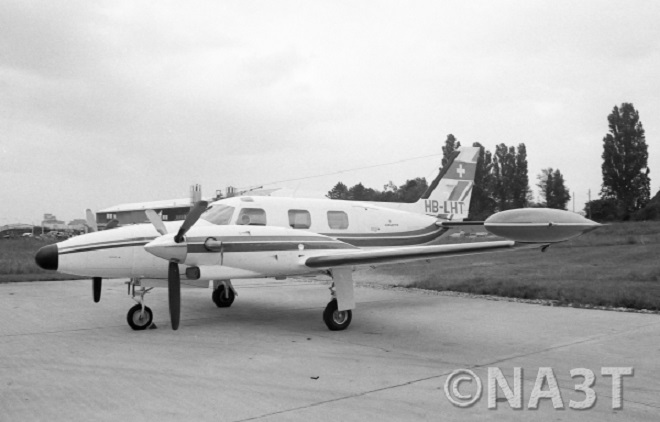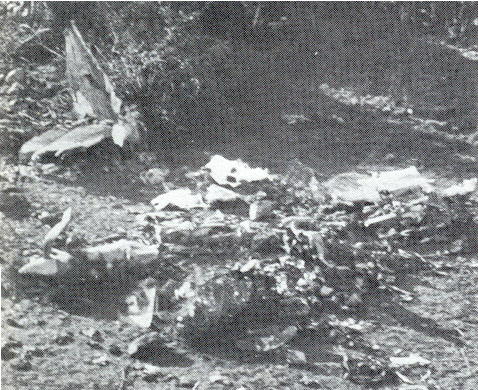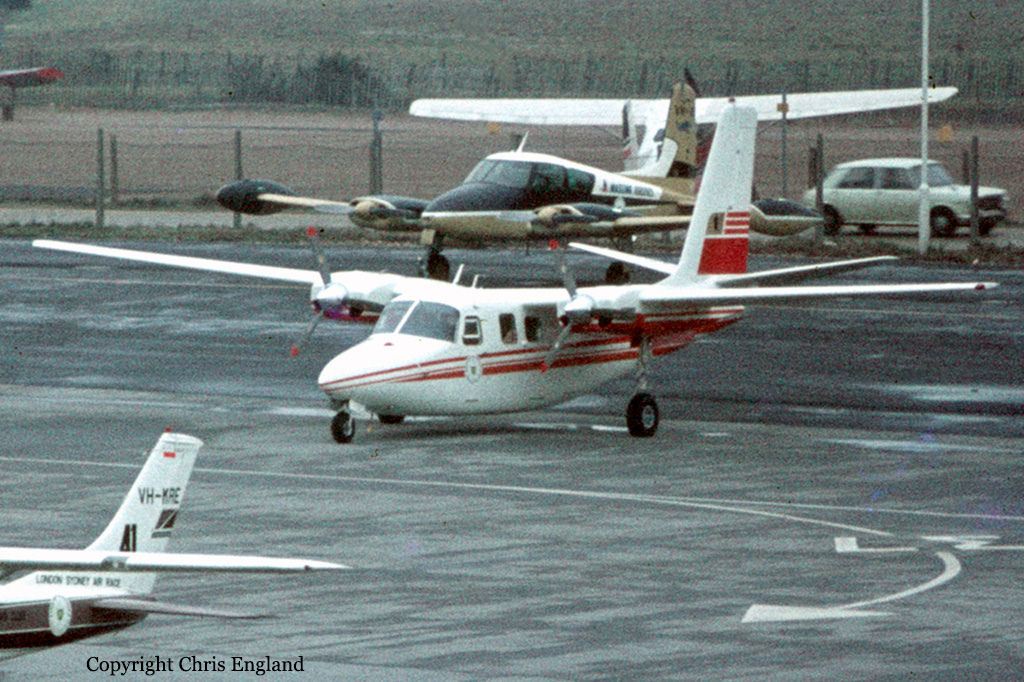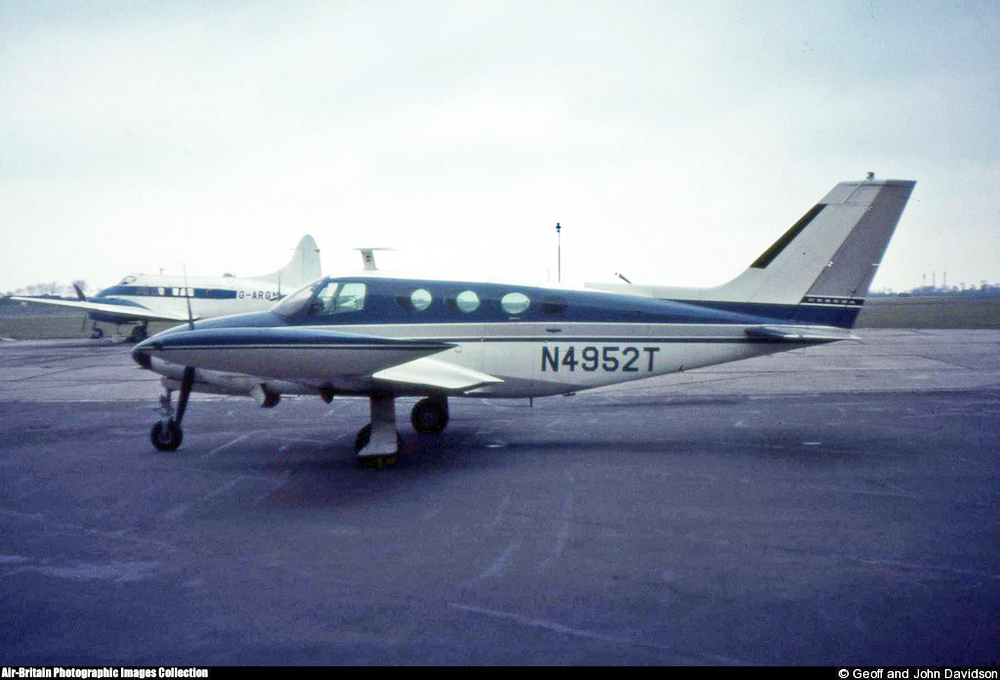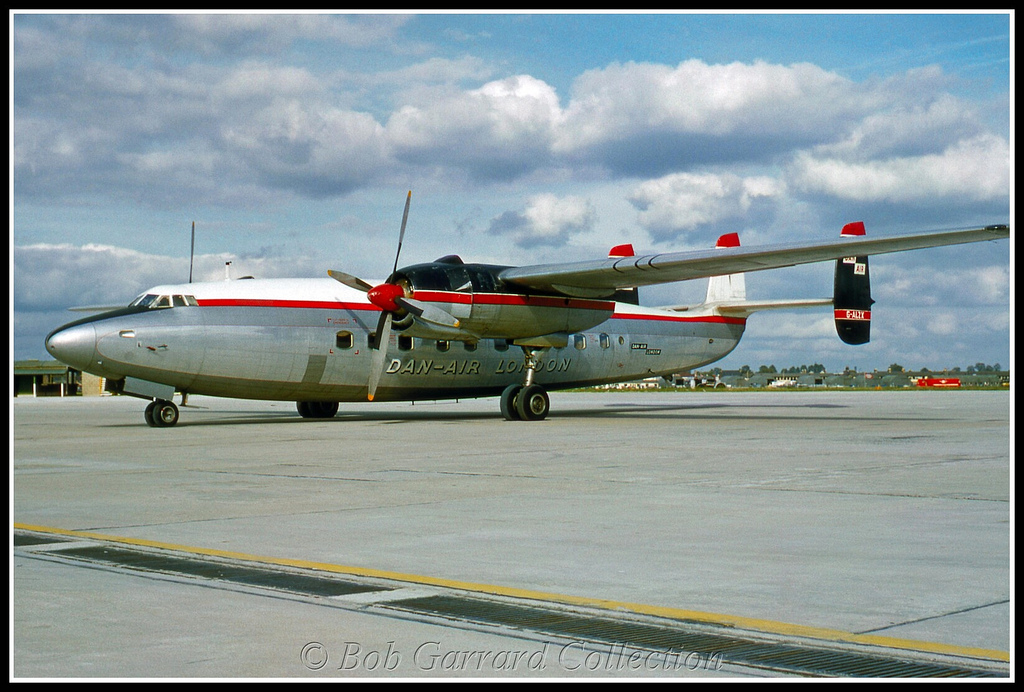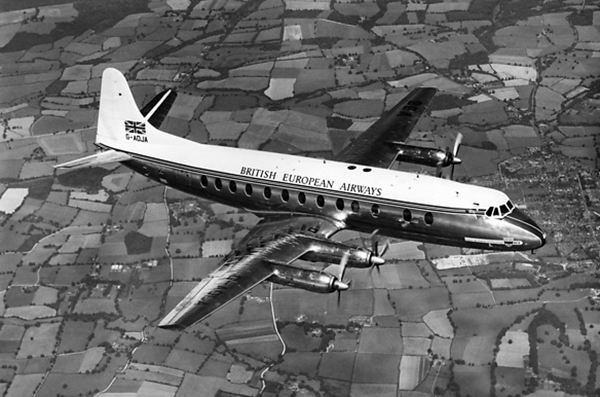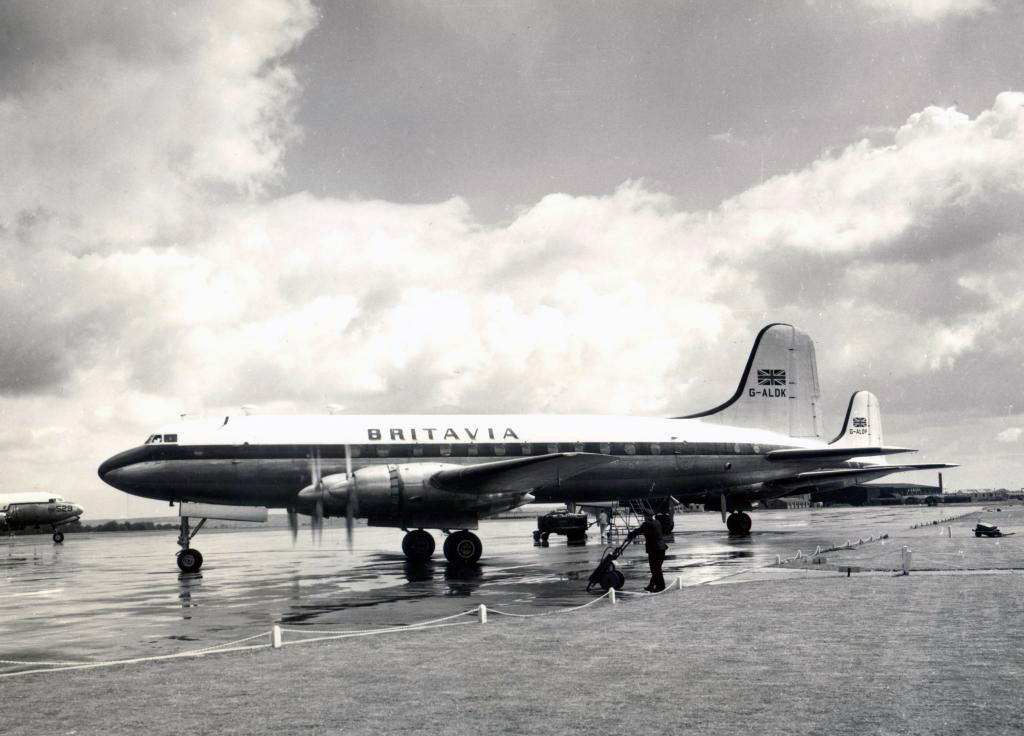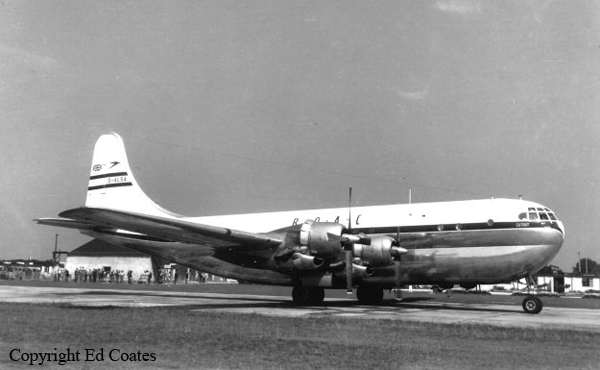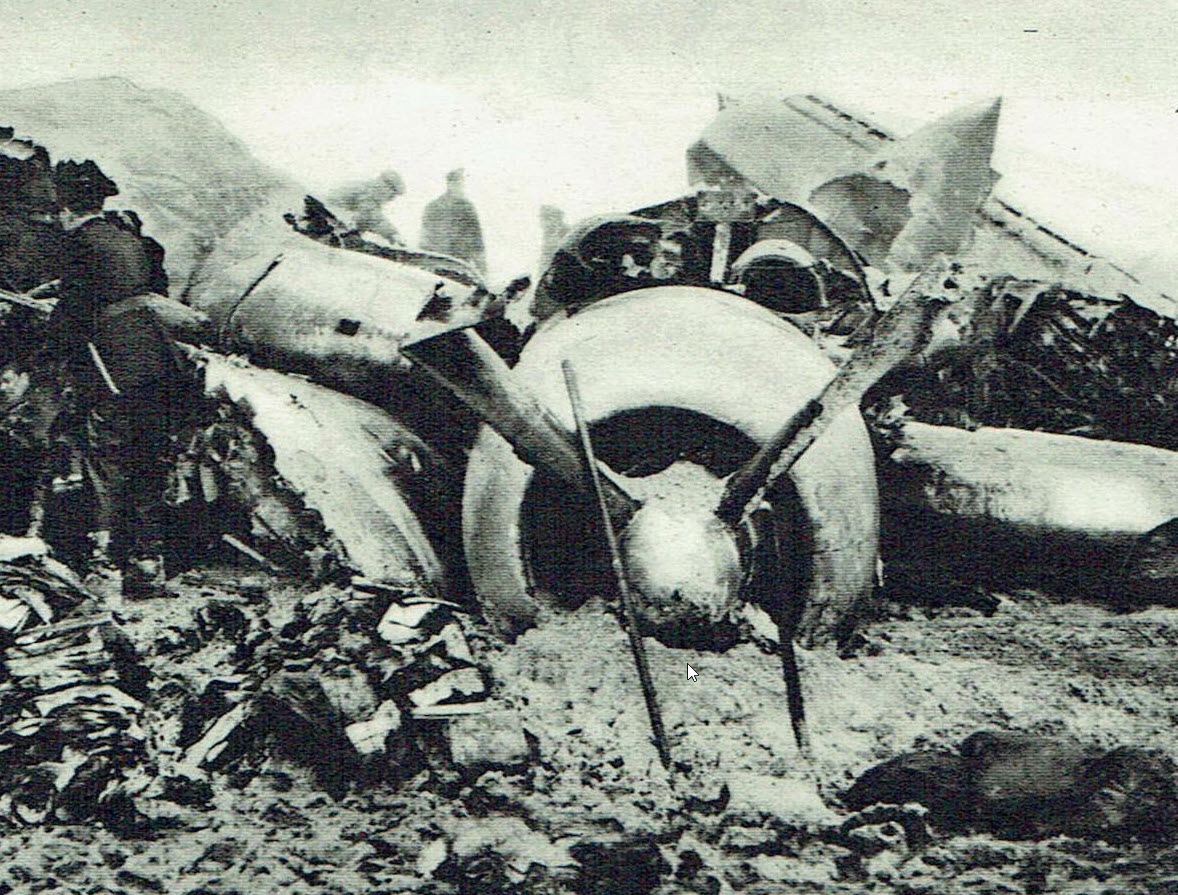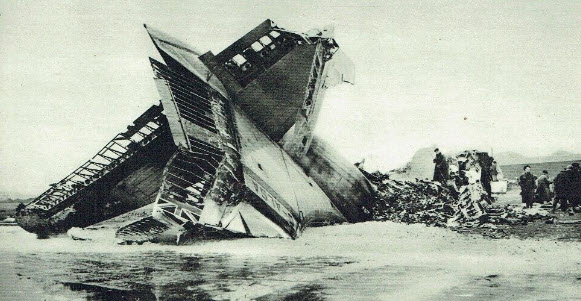Crash of a Lockheed L-382E-16C Hercules in Saint-Vincent-de-Barrès: 8 killed
Date & Time:
Sep 5, 1980 at 1730 LT
Registration:
KAF317
Survivors:
No
Schedule:
London - Athens - Kuwait City
MSN:
4350
YOM:
1969
Crew on board:
4
Crew fatalities:
Pax on board:
4
Pax fatalities:
Other fatalities:
Total fatalities:
8
Circumstances:
The airplane departed London on a flight to Kuwait City with an intermediate stop in Athens. While cruising vertical to Montélimar, the crew encountered poor weather conditions with thunderstorm activity and turbulences. Control was lost and the airplane entered a dive before crashing on a hill located near Saint-Vincent-de-Barrès, about 12 km northwest of Montélimar. Debris were found on a wide area and all eight occupants were killed.
Probable cause:
It is believed that the loss of control was the consequence of in-flight turbulences while cruising in a thunderstorm area. The assumption that the aircraft may have been struck by lightning was not ruled out. Severe turbulences also may cause the aircraft to suffer a structural failure.



